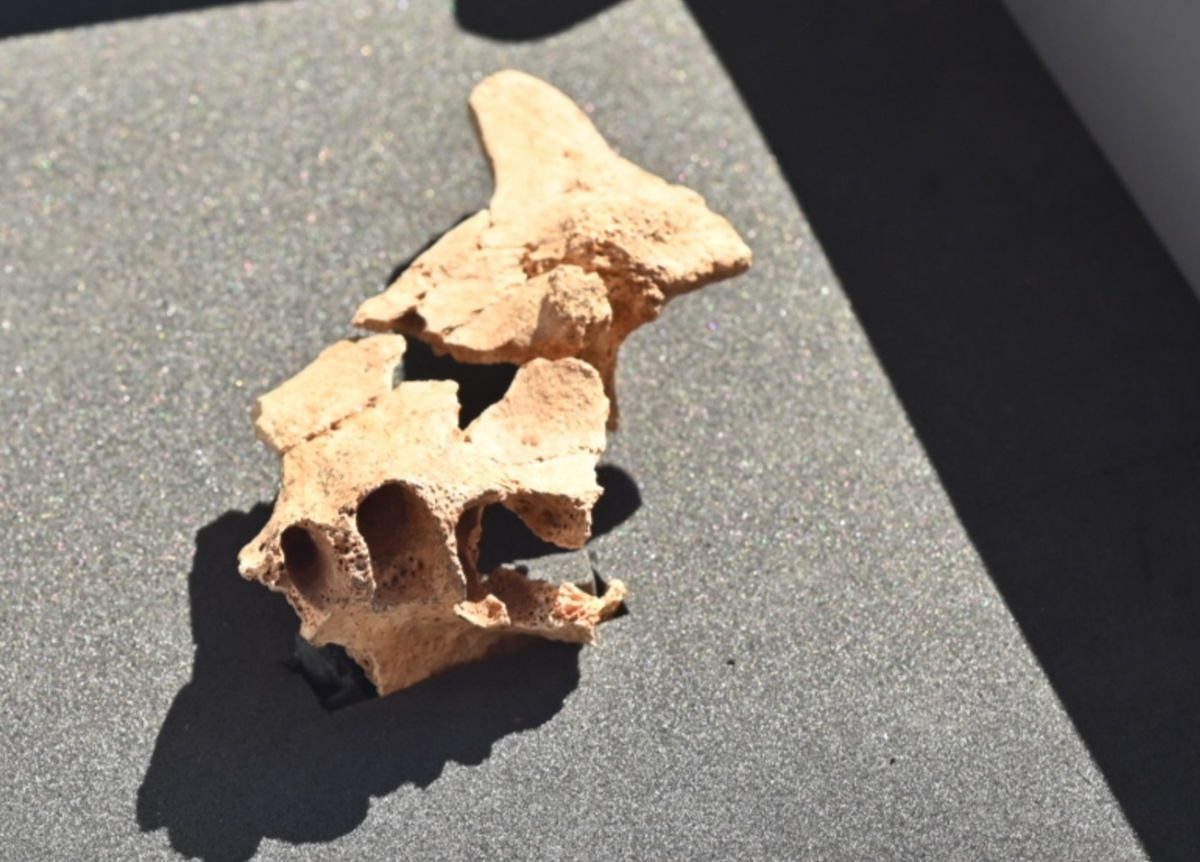Archeologists in Spain may have found Europe’s oldest human fossil

Archaeologists in Spain claimed to have found what could be the oldest human fossil unearthed in Europe, likely dating back some 1.4 million years ago.
Researchers associated with the non-profit Atapuerca Foundation say the oldest hominid fossil found in Europe until now was a jawbone unearthed in the Atapuerca mountain range of northern Spain in 2007 that was estimated to be 1.2 million years old.
The new fossil discovery, which is yet to be published in a peer-reviewed journal, consists of another jawbone fragment unearthed at the same site, about 2m below the layer of earth where the 2007 jawbone was found.
Scientists say the fossil does not belong to the modern human species Homo Sapiens, but likely to an individual from an extinct human ancestor species.
“It is the partial face of a human being whose age can be around 1.4 million years,” researchers said.
If the preliminary dating to 1.4 million years ago holds true, the partial face remains could be the oldest human fossil ever discovered in Europe, overtaking the current oldest fossil of Homo antecessor.
Archaeologists are currently further analysing the jaw and refining the initial age estimate, Jose-Maria Bermudez de Castro, co-director of the Atapuerca research project, said at a press briefing.
They say it could likely take between six to eight months to make the final estimate.
Since the new discovery was made about 2m below the layer where the 2007 jawbone was found, researchers say the new fragment “very likely” belonged to “one of the first populations to colonise Europe.”
The cave site where the latest discovery was made is also well known to have been home to prehistoric human ancestors.
About 25 years ago, archaeologists working at the site found a fossil whose age was dated at 850,000 years, which has since remained the earliest known example of a human species venturing to western Europe.
The full history and identity of this archaic human ancestor species remain unknown, but scientists who made the discovery wrote in a 1997 study, published in the journal Science, that Homo antecessor “may represent the last common ancestor for Neanderthals and modern humans.”
In 2013, archaeologists also unearthed a small flint knife in the region that was made 1.4 million years ago.
Researchers behind the new discovery hope to understand how the newly unearthed fossil relates to Homo antecessor, and whether it could shed more light on “when a face like ours came up?” in the human evolution timeline.
For all the latest Science News Click Here
For the latest news and updates, follow us on Google News.

